Jaipur – The Pink City
After ignoring the desert state for the longest imaginable time, I corrected this wrong and picked up Rajasthan as my chosen destination for the next few posts. And I begin with its capital – Jaipur. UNESCO has inscribed it as a Creative City in 2019. Of the seven Creative City categories, Jaipur belongs to the crafts and folk art category.
Besides being a UNESCO Creative City, Jaipur boasts two more UNESCO World Heritage Sites – Jantar Mantar, and the Amber (Amer) Fort. But summing up Jaipur heritage as just these two attractions would be like treating the tip of the iceberg as the entire iceberg. Nahargarh Fort, Jaigarh Fort, Hawa Mahal (Palace of Wind), Jal Mahal (Water Palace), Iswari Minar (Tower), City Palace – all these adorn Jaipur.
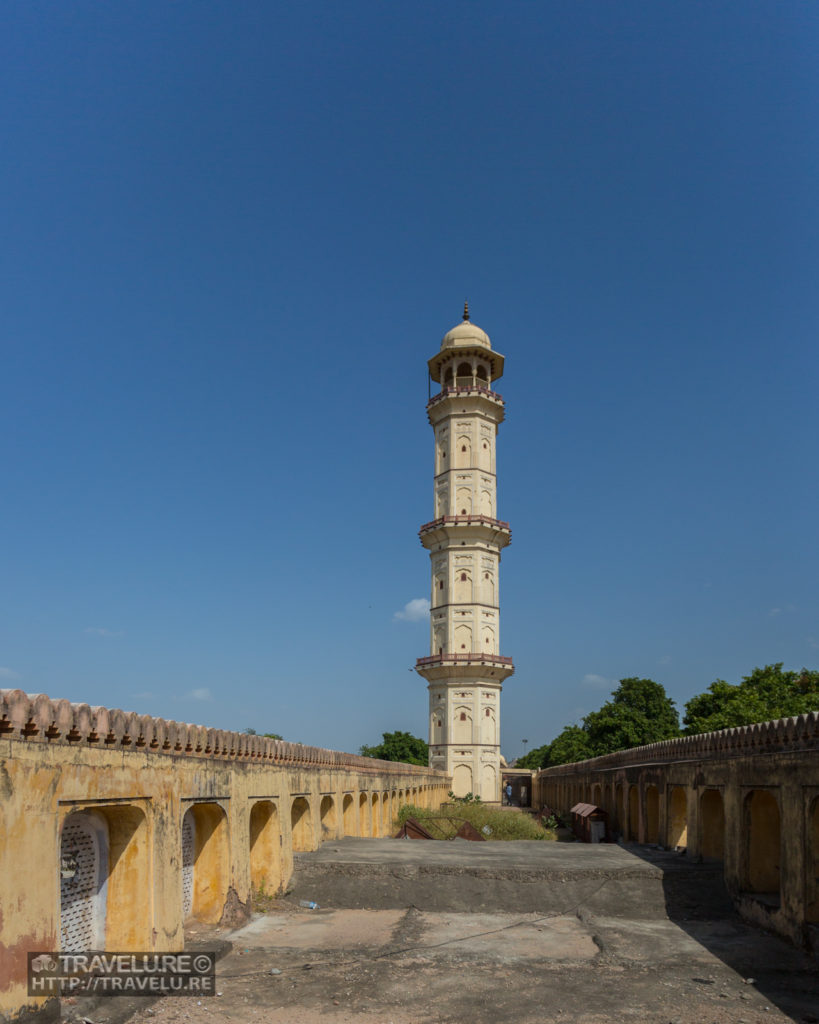
Given the fare it offers, one post cannot do justice to its splendour. In the post, I’ll just take you along for a quick ride through the heart of the city.
Jaipur Heritage
Compared to the other UNESCO cultural heritage sites, it is a newer city – founded in 1727 CE by Sawai Jai Singh II. While other Rajasthan cities are on hill terrain, Jaipur is on the plains and follows a grid plan.
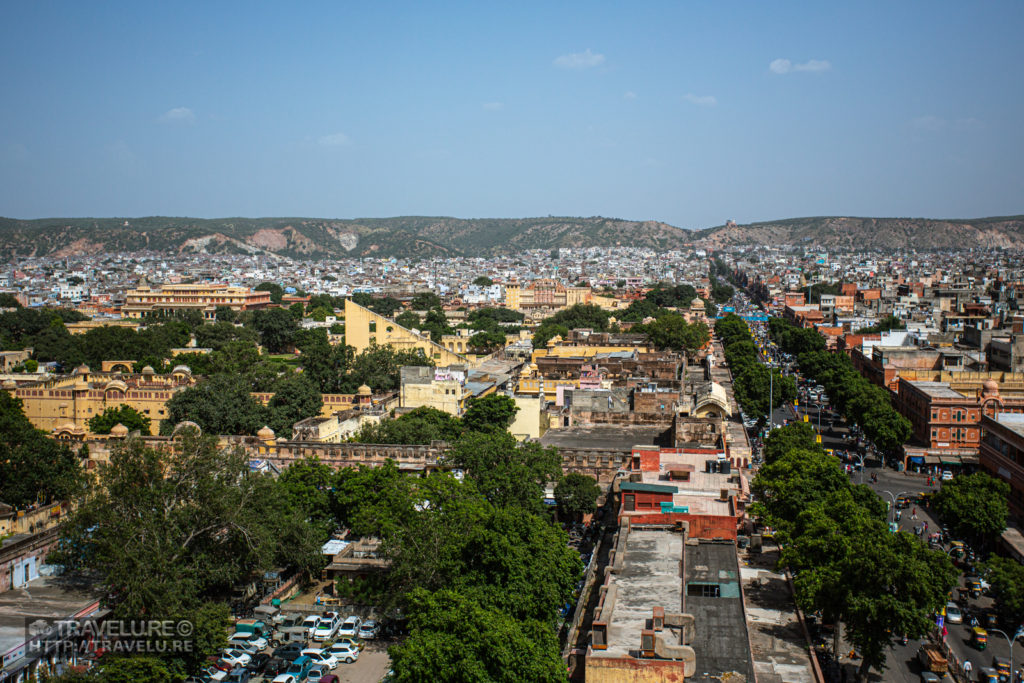
Its streets feature continuous colonnaded establishments that intersect in the centre, creating chaupar (large public squares). Uniform facades mark the markets, temples, and residences built along the major streets. Ancient Hindu, early Mughal, and Western cultures have together influenced its urban planning. The grid plan is from the West, but the organisation of the sectors (chowkris) is from the traditional Hindu concept. It maintains its local commercial, artisanal, and cooperative traditions, staying true to the reason for its establishment as a commercial capital. Under the king’s instruction, these establishments were all painted sandstone-pink, and remain so to this day.
For a bird’s-eye view of the city grid, no better vantage than Iswari Minar Swarga Sal. Next to Tripolia Gate in the old city of Jaipur, this 35m-tall minaret dominates the old city that is a spread-out cluster of two and three-storey structures. From the top, an awe-inspiring 360° view of the city familiarises you with its topography.
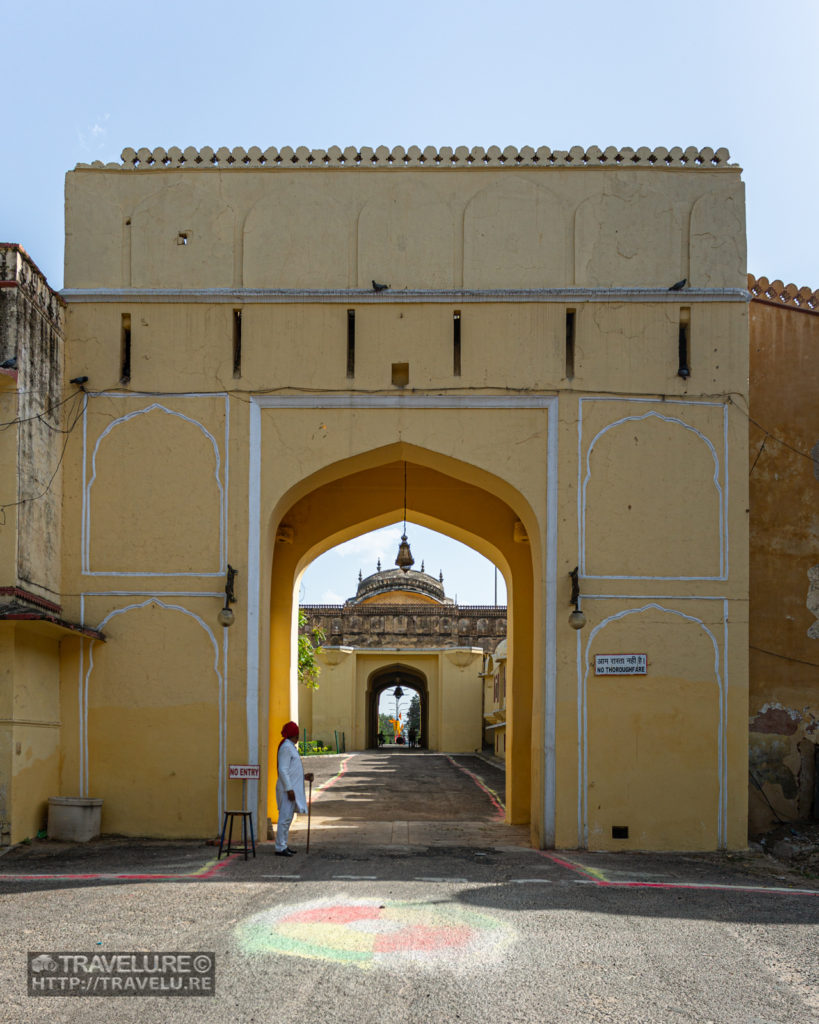
The City Palace Complex
The sprawling City Palace Complex lies to the east of Iswari Minar. While it still serves as a royal residence, it also houses Jantar Mantar and Hawa Mahal. Closer to the Minar, it is easy to spot the high wall of the complex, conspicuous courtesy of its typical Rajasthani architecture.
Most of the residential quarters of the palace are off-limits for travellers except for a museum. Splendid regal outfits and priceless artefacts pack this museum., and they do not allow photography inside.
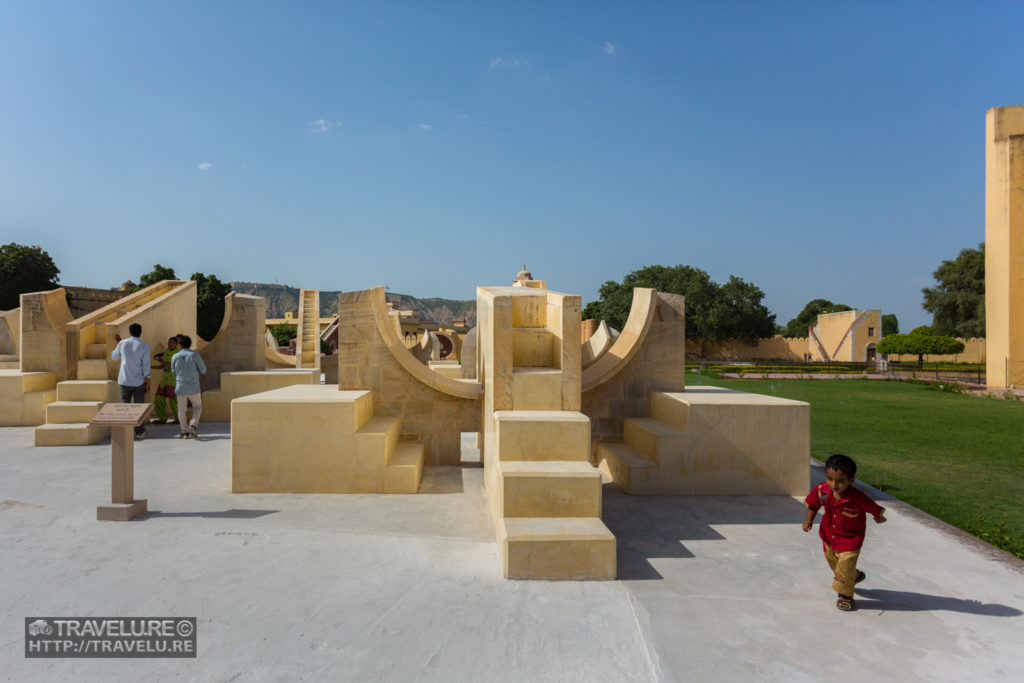
Jantar Mantar
Completed in 1738, Raja Jai Singh commissioned it as an astronomical observatory. In our times when miniaturisation is de rigueur, it is fascinating to take a stroll through astronomical instruments, some of them over 20 metres tall.
The observatory comprises nineteen built-to-perfection instruments that measure time, predict eclipses, track stars and constellations, and more. One instrument, the Vrihat Samrat Yantra (the majestic king of instruments) has a height of 27 metres and measures time in 2-second intervals through the shadow cast by its gnomon. It is the largest sundial in the world.
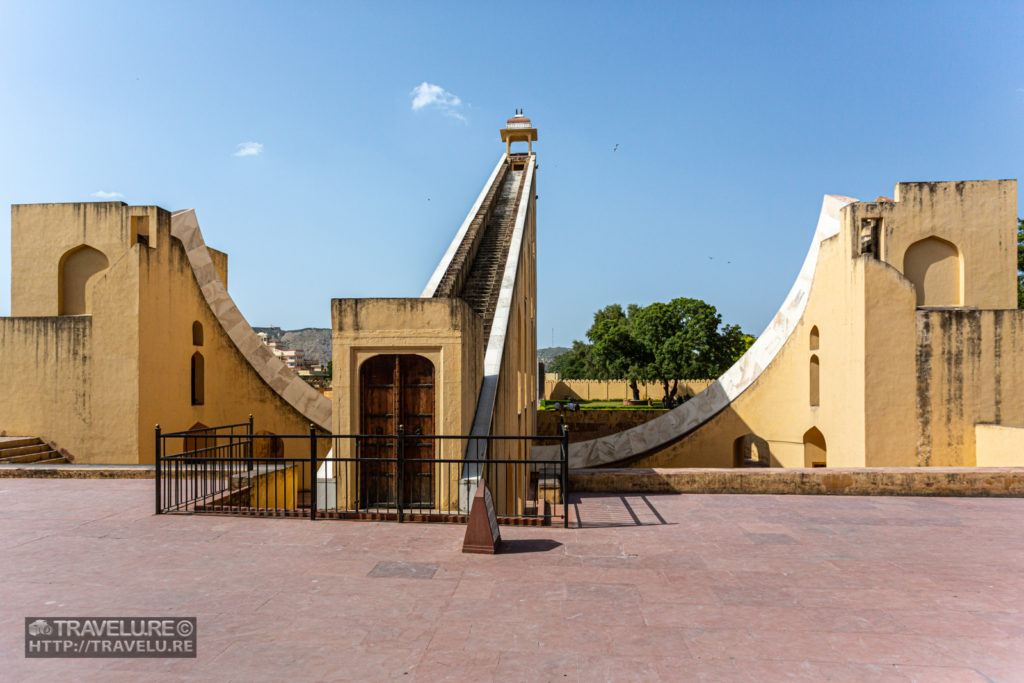
I find Jai Prakash Yantra (instrument) fascinating. It comprises two hemispherical bowl-shaped sundials. The marked marble slabs within, map the inverted image of the sky. Observers can move inside the instrument to measure altitudes, azimuths, angles, and declinations. In a photograph, these look like a stunning graphic.
During each visit, I marvel at the mastery of the masons who created this. Detailed drawings must have helped, but creating it in brick and mortar needs tremendous precision.
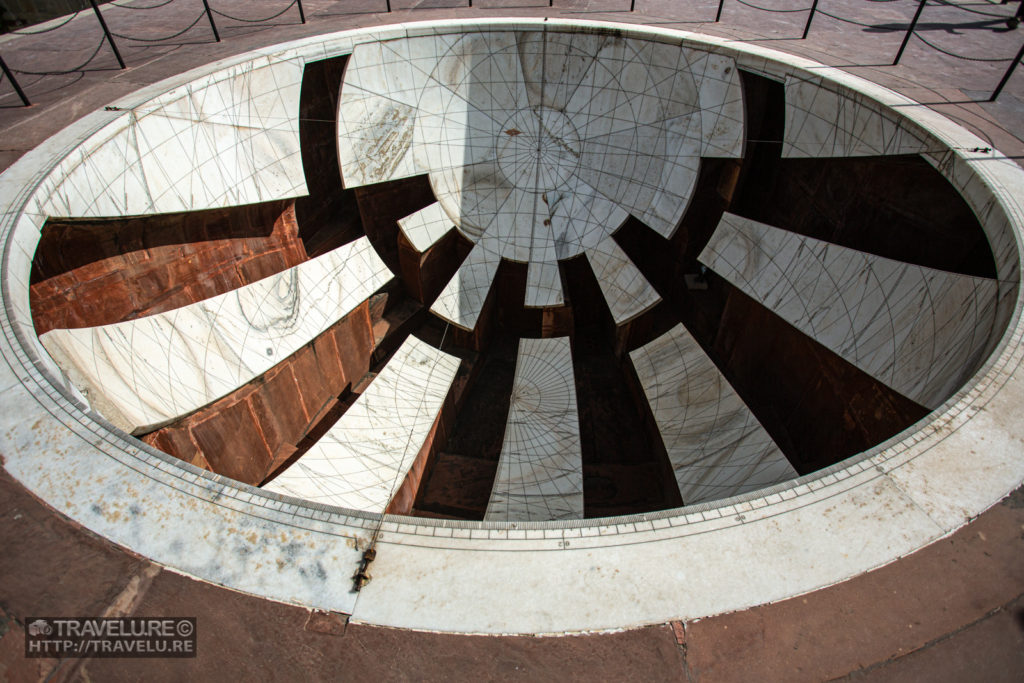
Hawa Mahal
Rajasthan being a desert state, the summer temperatures soar upwards of 45°C (113°F). The men could sit out in the open to beat the heat, but the tradition did not allow the ladies to show even a slight part of the skin to the outsiders. They had to remain indoors and follow the purdah (veil) system.
Inspired by the Khetri Mahal (Wind Palace) in Jhunjhunu, Maharaja Sawai Pratap Singh built this architectural marvel. Replete with ornate Rajasthani jharokha (hanging balcony) architecture, it works on the principle of a wind tunnel. The gentle breeze on the lower floors turns to gale force by the time you reach the top. And you realise, it works!
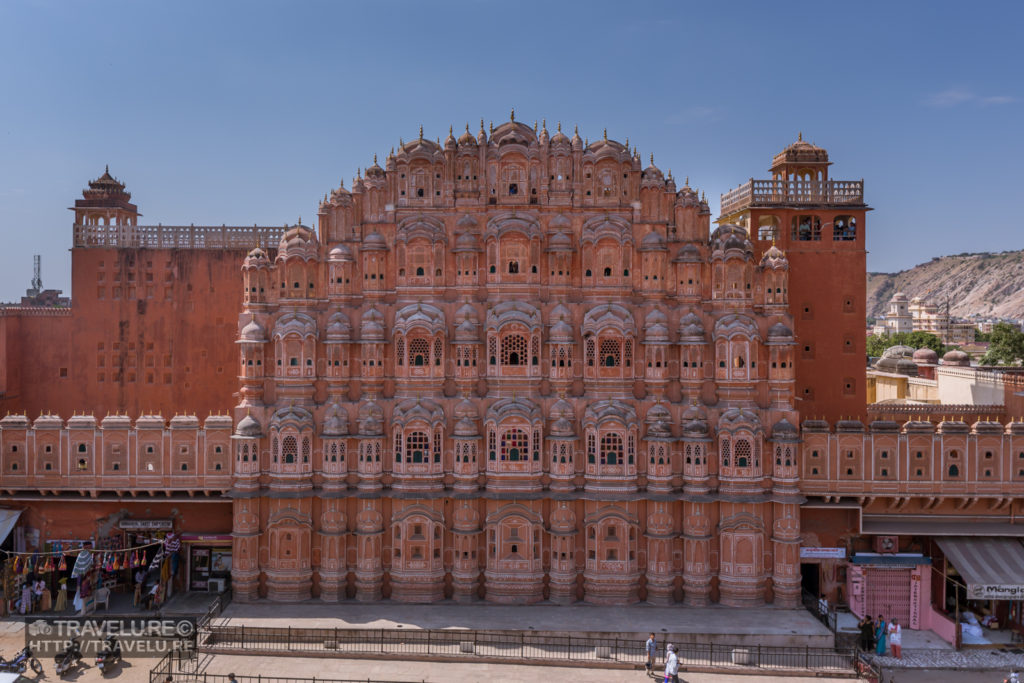
While its utility was beating the heat, it has turned into a powerful tourist magnet. Every traveller to Jaipur makes it a point to visit and experience its magnificence.
When they built these structures, much of the advances in technology and science that we know of today had not yet happened. Considering that, these heritage gems leave you awed.

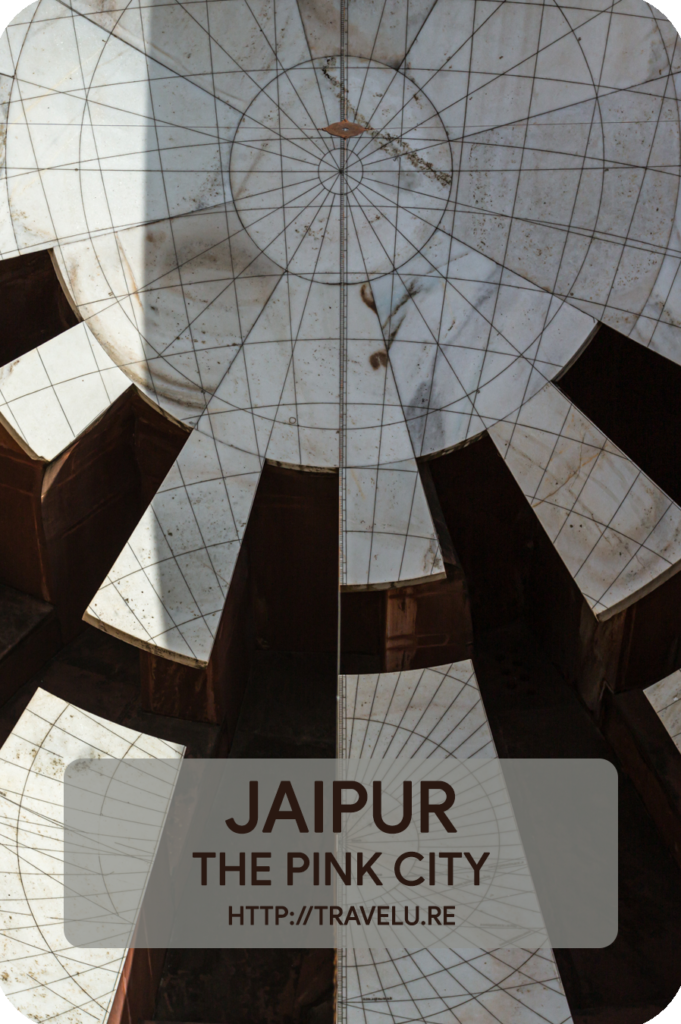
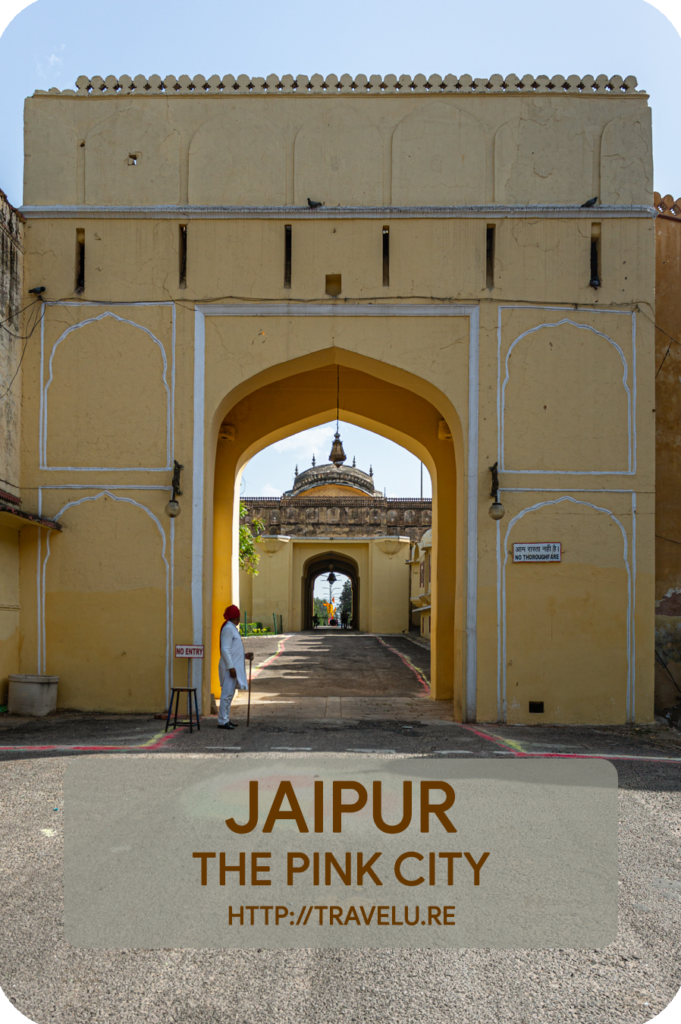
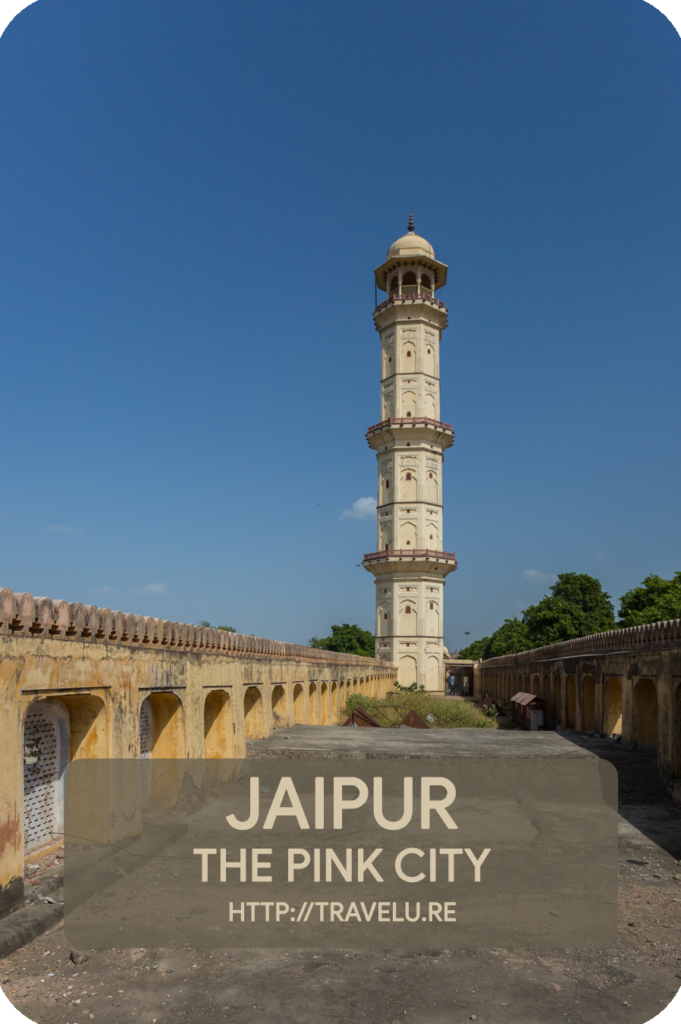
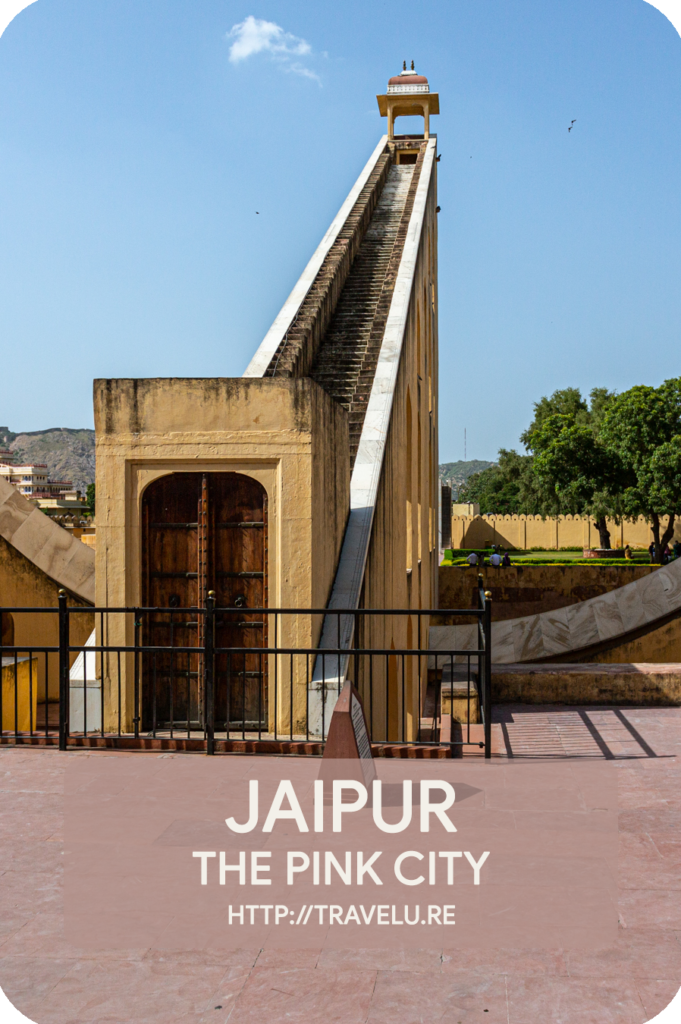



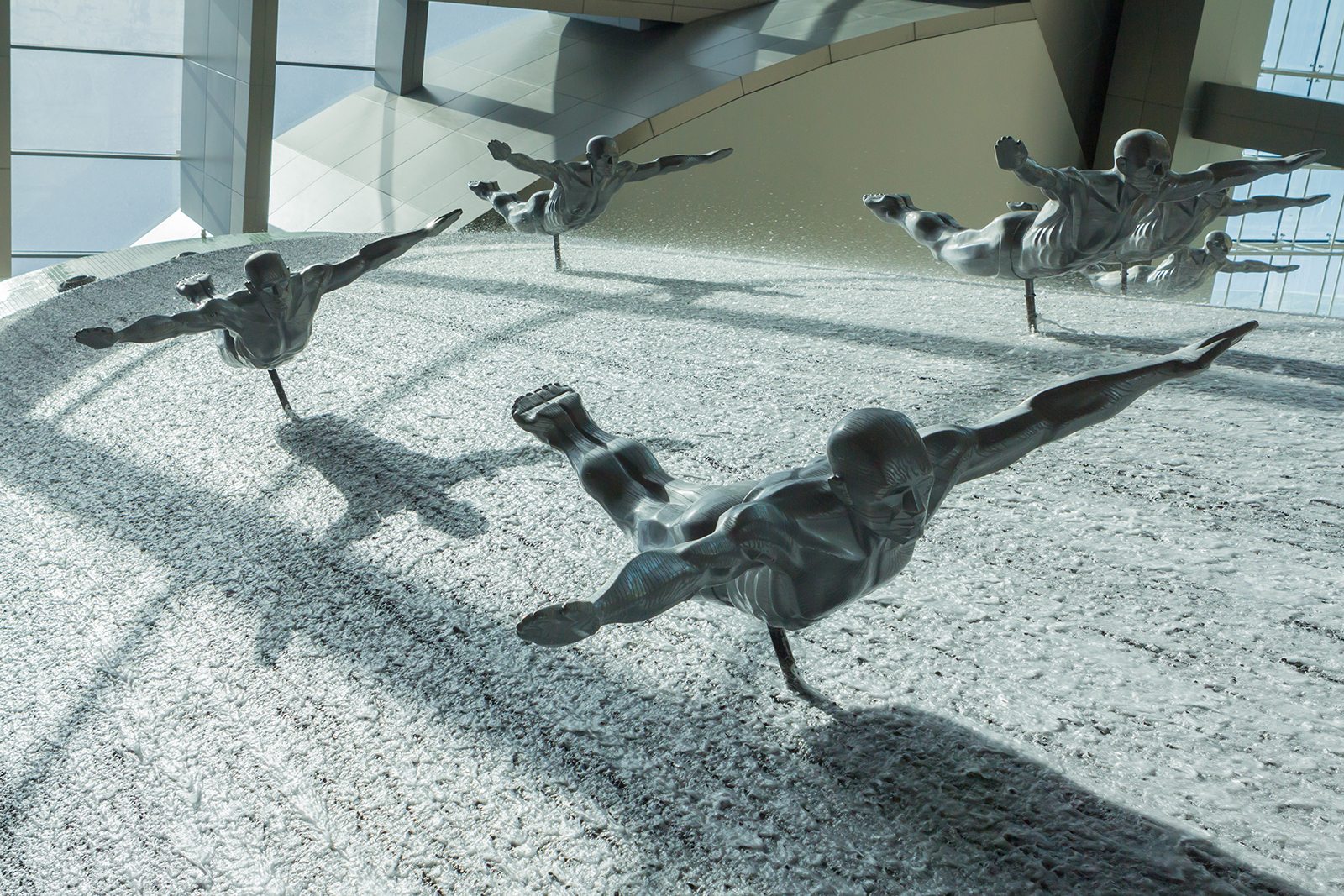

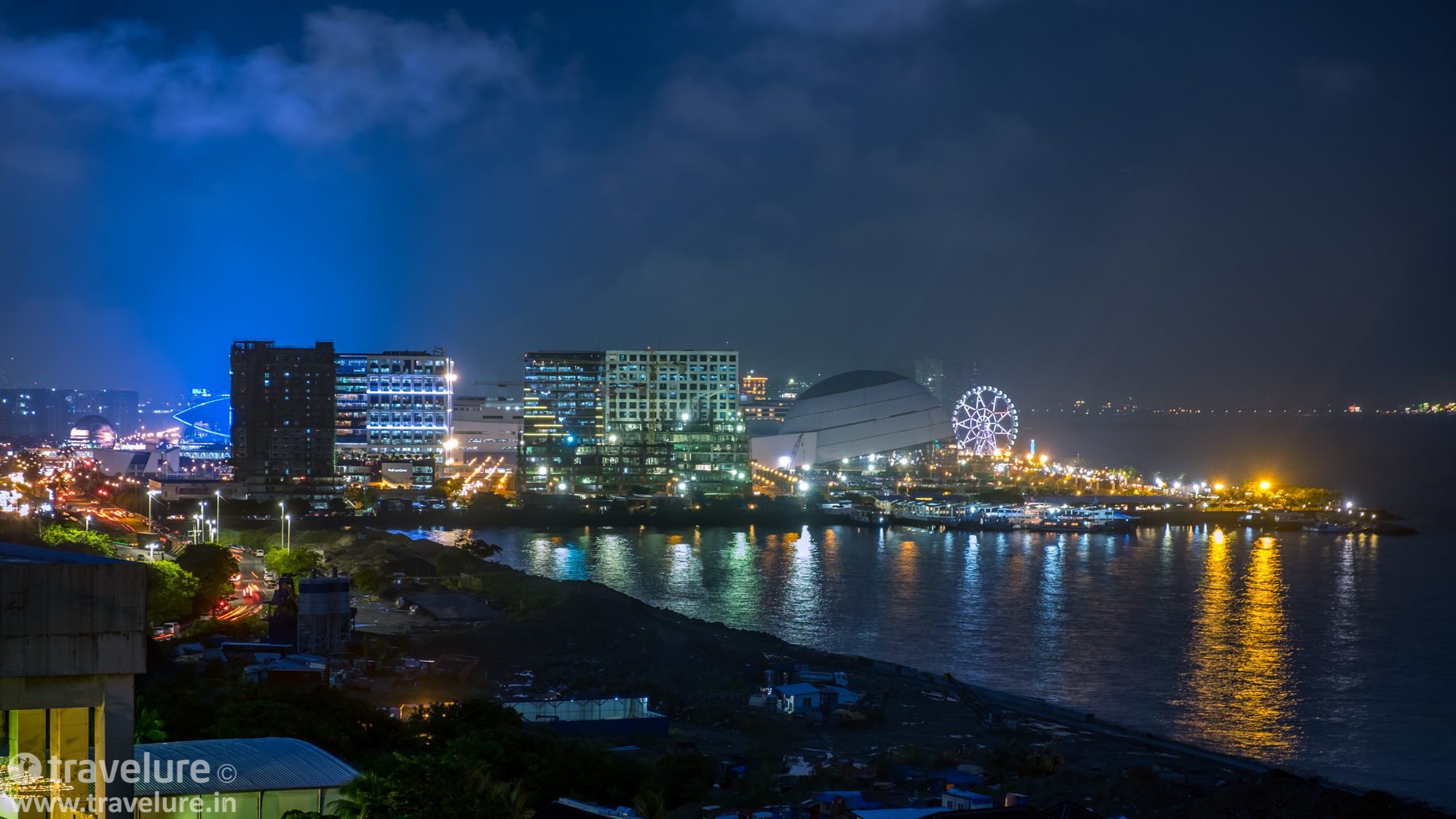










It is hard to ignore Rajasthan and even harder to ignore Jaipur. A city that most travelers end up loving. This is a great post, Ami
True, that!
Fantastic sir. Visited Jaipur in Dec 2010 but seeing your photos and your commentary it seems I will have to visit again
Thanks! I am happy I could make the destination desirable for you!